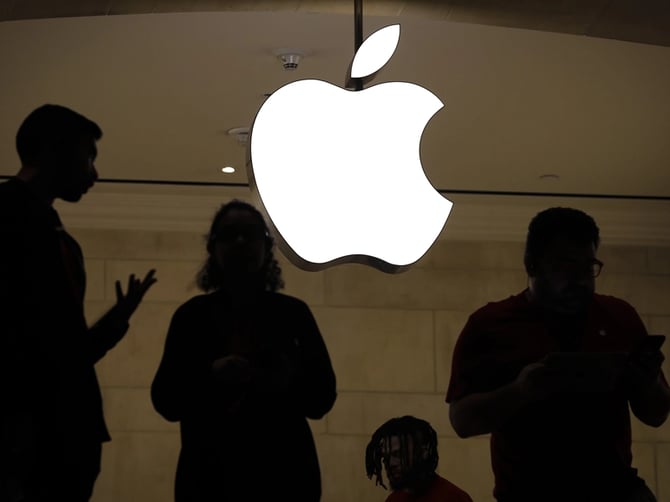Apple’s China Problem Isn’t Going Anywhere

Apple may have dodged the latest round of tariffs for now, but its reliance on China remains a critical vulnerability. Over 90% of the 220 million iPhones sold annually are manufactured in China, a country now hit by US tariffs climbing as high as 245% on select imports.
Although smartphones were temporarily spared, the Trump administration's hard line on electronics and semiconductors leaves Apple exposed, especially with China’s supply chain under intense scrutiny.
There is irony in what was once a strategic advantage, now a strategic risk. Apple helped build China’s precision manufacturing capacity over two decades, turning acrylic cutters into global players in high-speed tech machining.
Today, 150 of its top 187 suppliers still operate in China. The largest iPhone factory—dubbed “iPhone City”—sits in Zhengzhou. But as geopolitical pressure mounts, Apple's diversification into Vietnam and India has not yet matched China's scale or speed. Moving assembly to the US is being publicly encouraged by policymakers, yet remains logistically unfeasible given labor requirements and infrastructure gaps.
What Does This Mean for Me?
Even as Apple invests $500 billion back home, China’s grip is tightening. The country has retaliated with tariffs of up to 125% on US goods and export restrictions on rare earth minerals vital to Apple’s hardware. At the same time, domestic Chinese brands like Huawei and Vivo are outpacing Apple in its second-largest market.
With a sluggish Chinese economy, censorship challenges, and consumers shifting to local brands, Apple’s stronghold is under threat. Future tariffs, if reinstated, will deepen operational pressure and increase costs, making clear that Apple’s global footprint, though once a lifeline, is now a high-stakes balancing act.
More News

Oracle’s Miss Stirs Fresh AI Bubble Jitters

Netflix’s $72bn Power Play Sets Up a Streaming Shockwave

HP Bets on AI as Cost Pressures Mount and Layoffs Deepen

SoftBank Cashes Out of Nvidia to Double Down on AI Bets

Amazon Rallies 13% as Cloud and AI Power Record Earnings

Apple Is Now a $4 Trillion Company

UK’s FTSE 100 Hits Record as HSBC Gains Boost Market Confidence
